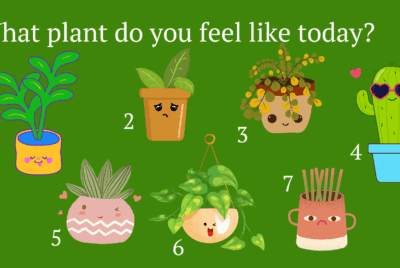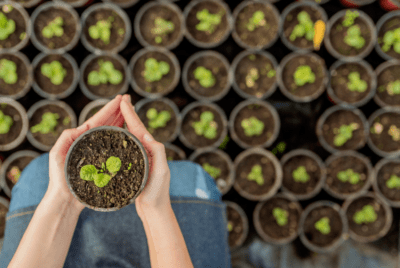RESEARCH
Temporary Establishment of Bacteria from Indoor Plant Leaves and Soil on Human Skin
Summary
Based on the source, this study employed a controlled experimental design within a climate chamber to investigate the temporary transfer and persistence of bacteria from indoor plant leaves and soil to human skin following simulated touch contact. The core objective was to characterize the bacterial communities present on common indoor plant substrates and leaves and quantify how readily these microbes move to skin and for how long they remain. This research is important because indoor plants are common in built environments and interaction with their associated microbes is hypothesized to potentially impact the human microbiome and health, yet the dynamics of this transfer were poorly understood. Sixteen healthy adult subjects participated, providing a direct means to simulate human interaction with plant surfaces.
The methodology involved collecting microbial samples using sterile swabs from outdoor soil, plant leaves (three specific species: Spathiphyllum, Dieffenbachia, and Calathea), and the forearms of subjects at a baseline (before contact) and at multiple time points up to 24 hours after simulated touch transfers. To assess removal, half of the subjects washed the contact area after 8 hours. Bacterial communities were analyzed using 16S rRNA gene amplicon sequencing to identify community composition and real-time quantitative PCR (qPCR) to estimate bacterial abundance. Statistical analyses included measures of alpha and beta diversity and tests like paired t-tests and PERMANOVA to assess changes over time and differences between donor source.







